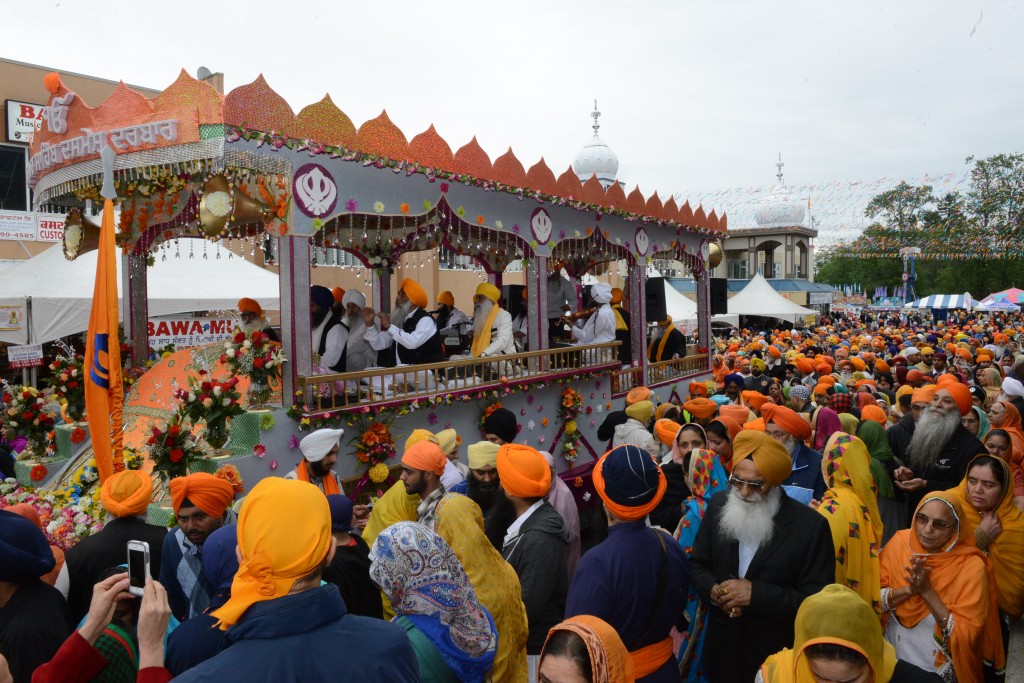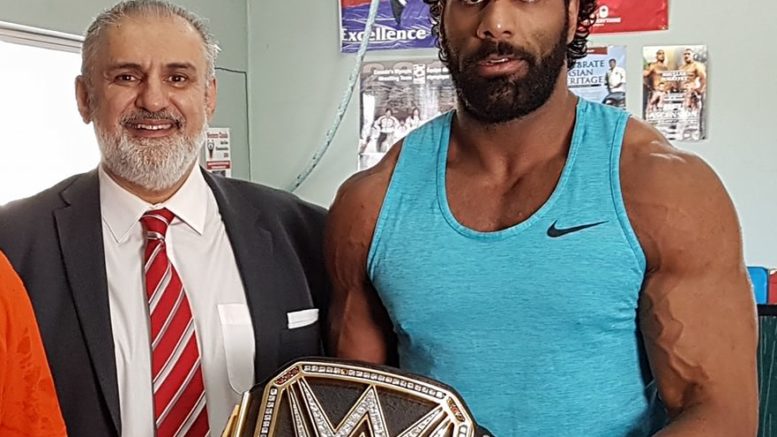DESIBUZZCanada
Events Listings
Dummy Post

International Day Of Yoga To Be Virtually Celebrated Saturday At 4pm

CANCELLED: Coronavirus Fears Kills Surrey’s Vaisakhi Day Parade

ADVERTISE WITH US: DESIBUZZCanada Is The Most Read South Asian Publication Online

SURREY LIBRARIES: Get Technology Help At Surrey Libraries

WALLY OPPAL: Surrey Police Transition Update On Feb. 26

GONE ARE THE DAYS - Feature Documentary Trailer

Technology Help At Surrey Libraries

Birding Walks

Plea Poetry/short Story : Youth Contest

International Folk Dancing Drop-in Sessions
BIG JOKE? Colourful Indo-canadian Businessman Who Sued Canadian Banks And Accounting Firms Now Trying To Buy India’s Troubled Yes Bank
- December 18, 2019


Erwin Singh Braich, the self-proclaimed Canadian billionaire, expressed his intent to acquire bulk of the preferential allotment, proposing investing around $1.2 billion in the troubled YES bank. Among some other things publicly available on him, there’s one that reveals his brush with legal trouble. In 1999, Erwin was petitioned into bankruptcy, the website mentions. “On October 1, 1999 Erwin was maliciously petitioned into involuntary bankruptcy for clandestine reasons by two individuals, one of which was his brother Bobby.” Will Erwin’s status as an undischarged bankrupt put a spanner in Yes Bank’s rescue plan? We’ll know soon.

By DESIBUZZCanada Staff With News Files
ABBOTSFORD – Abbotsford based colourful Indo-Canadian businessman Erwin Singh Braich, who sued everyone from banks to accounting firms and then some during his protracted legal fight in Canada is now describing himself as a first Sikh Billionaire from Canada who is trying to buy India’s troubled YES bank.
Braich, whose father Herman Singh Braich Sr. emigrated to Canada and at the age of 20, took over the family business but had a falling out with fellow siblings over a lucrative family-owned development property and has been in the news for all the wrong reasons.
While he’s been out of the headlines recently, preferring to be involved in passion for entertainment and sports, including being involved in late Teflon Don’s IMM Group, which manages the likes of WWE wrestlers Jinder Mahal, Braich’s name popped up recently in India, as a man behind a takeover of the troubled Yes Bank, which cited Braich as one of its prospective saviours.
The Yes Bank board, on November 29, released names of likely investors amid frantic preparations to offload $2 billion worth of equities in a desperate bid to shore up capital. Among the list of fund houses and corporates, the name that stood out was that of Erwin Singh Braich of SPGP Holdings, reported Economic Times.

The self-proclaimed Canadian billionaire expressed his intent to acquire bulk of the preferential allotment, investing around $1.2 billion in the bank.
The bank’s exchange filing said: “Discussions with Investor ongoing and expected to be concluded shortly.”
Not much is known about the man who is supposed to be the knight in shining armour for a bank struggling to stay afloat after its exposure to the shadow banking sector soured. This lack of info is exactly why Braich may have a hard time passing RBI’s stringent fit-and-proper test.

The Reserve Bank of India’s approval is needed for a stake acquisition of over 5 per cent in a bank. A non-financial entity can buy up to 10 per cent of bank and a financial entity can buy up to 15 per cent in a bank. However, the norms are subject to some flexibility on a case-to-case basis. The RBI had relaxed the norms in the case of sale of 51 per cent stake in Kerala-based private sector lender CSB Ltd to Canada’s Fairfax Financial Holdings owned by Prem Watsa.
Among some other things publicly available on him, there’s one that reveals his brush with legal trouble. In 1999, Erwin was petitioned into bankruptcy, the website mentions.

“On October 1, 1999 Erwin was maliciously petitioned into involuntary bankruptcy for clandestine reasons by two individuals, one of which was his brother Bobby.”
The website mentions: “Erwin’s undischarged bankrupt status has now lasted approximately 20 years. Despite obvious legal hurdles, the stigma, collusion and conspiracy to financially obstruct and injure commercial and business activities by culpable parties, and other impediments, in the last twenty years (as an undischarged bankrupt), Erwin has built a remarkable global portfolio of assets utilizing Family Trusts.”
Will Erwin’s status as an undischarged bankrupt put a spanner in Yes Bank’s rescue plan? We’ll know in a little while.
With Files from Economic Times

















